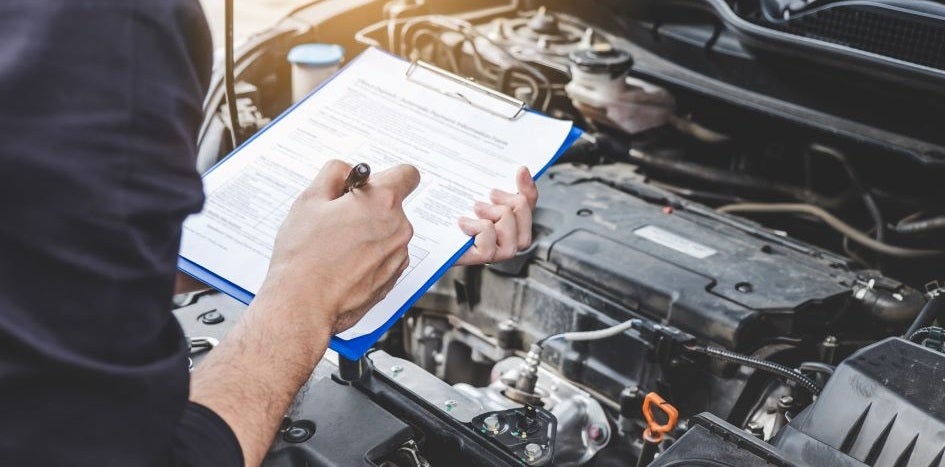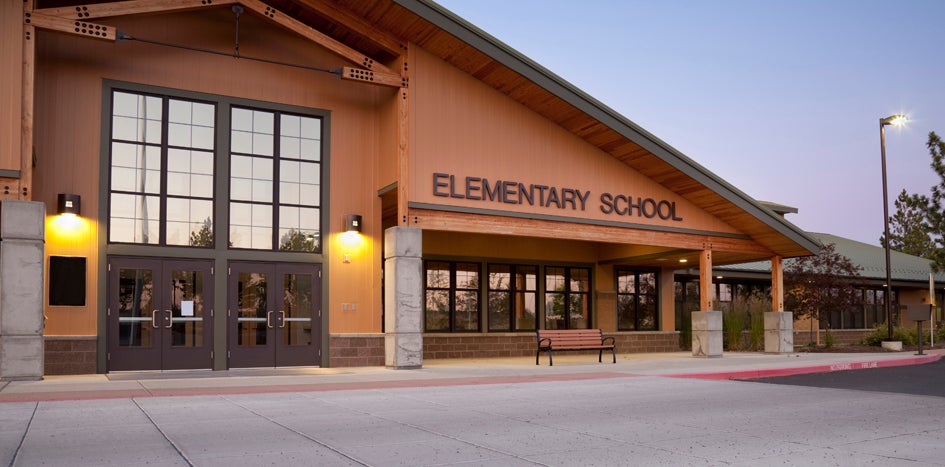Nail Your Roof Inspections
If you are reading this blog post in your office, the library, or another campus facility, take a quick look around. The floors, walls, windows, and doors cost money. Same goes for the desks, chairs, computers, and lights. But if you want to know where the lion’s share of budget dollars went, look up.
Roofs are among your organization’s most expensive and important assets. Even seemingly minor leaks can cause major disruptions. It is critical that your organization purchases roofs designed to stand up to your region’s climate. From there, you can protect your investments by regularly inspecting roofs.
What’s in it for You?
We know you’re busy, so we won’t dig into how climate change and rising sea levels impact the state of the property market. For now, just know that extreme weather such as thunderstorms, hurricanes, and hail are increasingly common across the globe, including right here in Texas. A roof preventative maintenance plan that includes regularly scheduled inspections can help your organization:
- Extend the life of facility roofs
- Identify roof damage early, before it results in costly repairs or replacements
- Comply with roof warranties
- Fulfill an important duty of Fund Property program membership
Build On a Foundation of Safety
Large districts might have facilities or maintenance personnel who make good roof inspection candidates. In smaller districts, the job might fall to an administrator. Whomever your organization assigns to inspect roofs, make sure they know how to protect themselves from the hazards.
Falls, slips, trips, electrical shocks, chemical exposure, and extreme temperatures are common causes of serious accidents on roofs. Each roof’s materials and design present additional, unique hazards. Your roof preventative maintenance plan should assign responsibility for documenting hazards, explaining control measures, and training staff to do the job safely. If nobody on your team is qualified to safely inspect roofs, consider hiring a manufacturer-approved contractor.
5 Steps to Better Roof Inspections
Your preventive maintenance program should require at least two annual inspections on each roof. Spring and fall are good times to inspect roofs because changing temperatures can uncover seasonal damage. You should also inspect roofs after facility construction and severe weather. The Fund recommends members follow a documented inspection process that includes, at minimum, these five steps.
Step 1. Get an Inspection Checklist
Checklists promote thorough, consistent roof inspections. In a coverage or warranty dispute, checklists also prove that you fulfilled your maintenance requirements. Consult your product manuals for roof-specific inspection checklists. If you cannot locate a roof-specific checklist, contact the manufacturer.
Step 2. Start Inside the Facility
With your checklist in hand, you’re ready to start the inspection. It might seem strange to kick the process off inside the facility, but you’d be surprised what you might find. Sheet rock damage could indicate a leak caused by a crack or hole in the roof. So can water stains and unexplained mold or odors. Even the smallest leak can cause big trouble if you don’t address it promptly.
Step 3. Walk the Perimeter
Next, walk the facility’s perimeter, looking for red flags. Mildew-stained walls could mean gutters are damaged or clogged. One of the best ways to keep gutters working properly is to secure them, especially if your region is prone to heavy winds. Other signs of roof damage you might find on the perimeter include foundation cracks, warped window frames, and protective gravel that blew off the roof.
Step 4. Get on the Roof
When you’re finished inspecting inside and outside the facility, it’s time to get on the roof. To reduce your risk of missing spots, walk the same path every time. Begin at the perimeter and walk the length, turning back and forth in narrow aisles.
As you walk the roof, your primary objectives are to conduct routine maintenance and look for damage. Make sure you document your findings and all actions you take:
- Conduct routine maintenance. Common maintenance tasks include cleaning the roof, distributing gravel evenly, trimming tree branches that hang over the roof, and clearing debris such as leaves, soda bottles, and soccer balls. It is especially important to clear debris from gutters and drains because they shuttle water off the roof. Consult your roof specification manuals to ensure you complete necessary routine maintenance, without damaging roofs in the process.
- Look for damage. As you conduct routine maintenance, use your inspection checklist to spot potential damage. Pooling water could signal a drainage problem. Dents, chips, crow’s feet, or missing asphalt are common signs that a roof was battered by hail. You should also check roof penetrations such as HVAC units, utility pipes, and chimneys for cracked sealant, leaks, and other red flags noted on the inspection checklist.
Step 5. Make a Follow-up Plan
Fund Property program members who uncover roof damage that falls outside the confines of routine maintenance should report a claim as soon as possible. Claims filed more than 365 days after the incident might not be covered. To help members proactively address roof damage, the Fund subscribes to HailFlashTM reports that pinpoint when and where hail falls. If we receive a report for your area, we will reach out and explain what to do next.
Takeaways
Most of us wouldn't drive our vehicle without letting a mechanic kick the tires now and then to make sure everything's in order. If it's not, smart money says we get it fixed before it leads to bigger problems. The same principal applies to facility roofs, and the potential fallout isn't only financial. Serious roof leaks can also disrupt work and students' education.
You can protect your roof investments if you remember these key takeaways:
- You should have your roofs inspected at least twice year. Schedule inspections during spring and fall, before the weather changes.
- Anyone who gets on your roofs has the training and equipment to do the job safely.
- Use a checklist to ensure inspections are consistent and thorough.
- Preventative maintenance is a duty of Fund membership and your Property coverage agreement.

David Wylie
David Wylie serves as content developer on the risk solutions team. He brings more than 20 years' experience writing educational content that helps employers protect against workplace accidents, property damage, cybercrime, and other losses.
You May Also Like…
View All Related Insights
Protect Your Fleet With a Preventative Maintenance Plan
If you want to protect your vehicles and their passengers, you need an effective preventative maintenance plan.

The Smart Way to Protect School Property During Extended Breaks
The risk of damage, theft, and vandalism rises in the absence of watchful employees and students. These tips help ensure your facilities are in good condition when staff and students return from extended breaks.

Behind the Fund’s New Weather Peril Limit and Deductible
Fund members with Property coverage can control their contributions by choosing our weather peril deductible.

Your Chemical Disposal Playbook
Learn why and how to safely and legally dispose of chemicals that are expired, improperly stored, or unnecessary.
